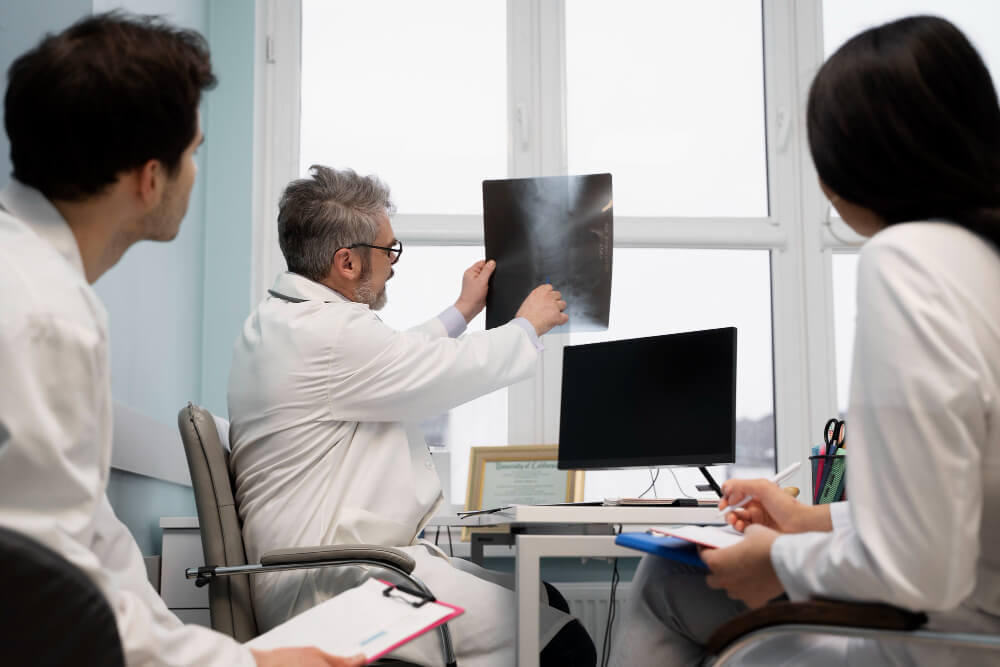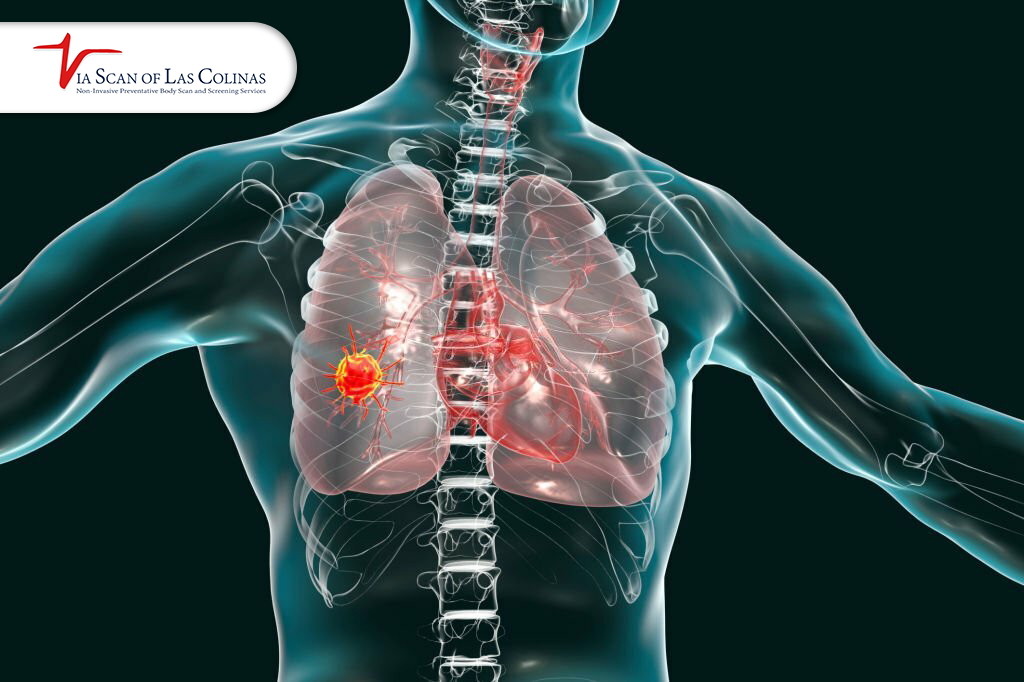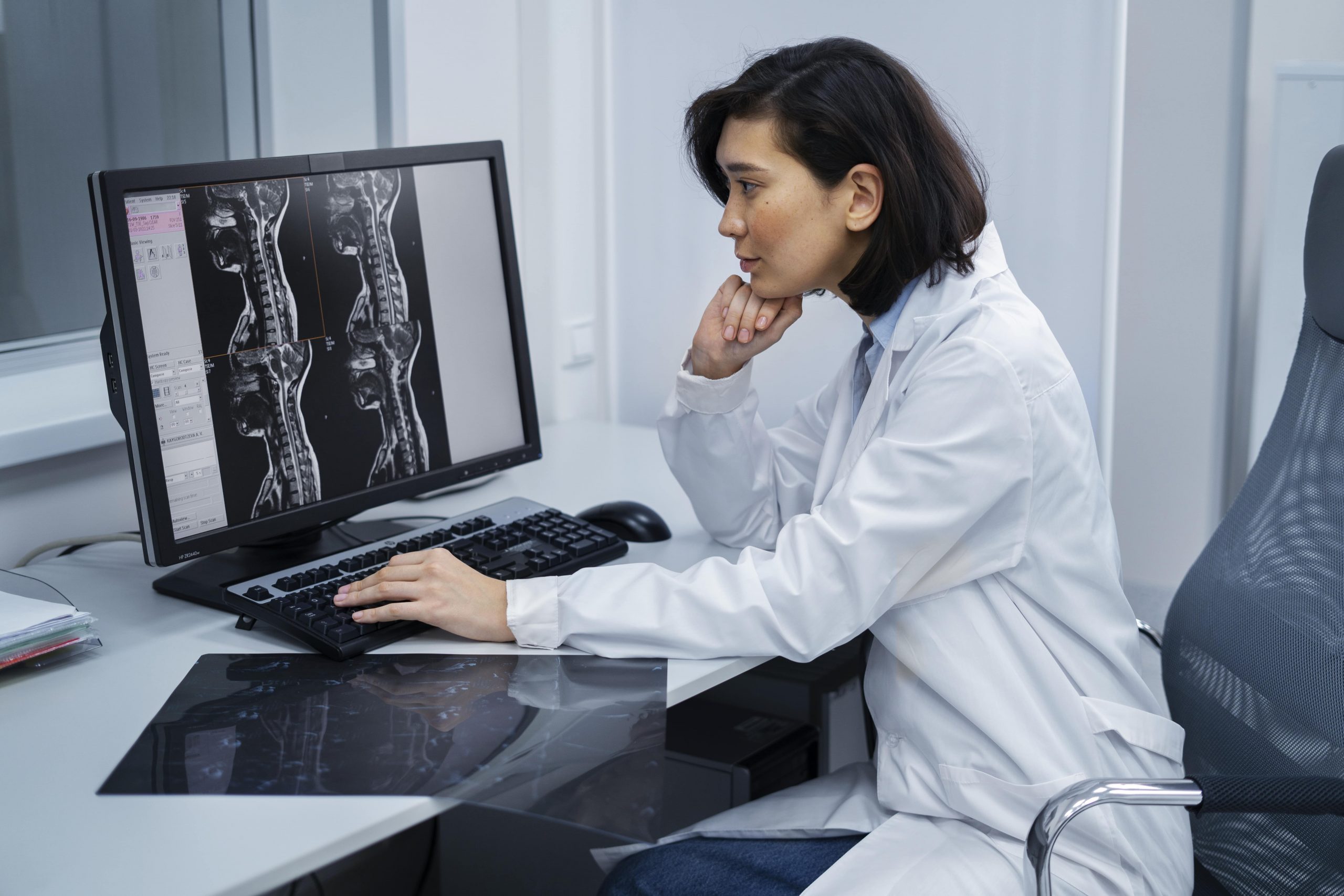You are in the doctor’s facility, and they say that you require a scan. Suddenly, your mind begins to race with questions. CT scan? MRI? What is the distinction? Will that be painful? Should I fast? Don’t worry! We are going to make you an expert in scanning without giving you a headache. Just imagine this is your introduction to these wonderful machines that look inside your body like X-ray vision superheroes.
Why are there so many Scans, and what is so Popular about CT and MRI?
Your body is a complicated puzzle with numerous pieces. There are cases where doctors require additional equipment to visualise other parts.
You can imagine it like when you take photos. There are times when you use your phone camera to take impromptu shots. Then there are times when you require a complex camera with specific lenses to capture close-up images. The CT scans and the MRI machines are like those various cameras – each of them is truly excellent at demonstrating things inside your body.
The most popular are CT scans and MRIs, as they are the Swiss Army knives of medical imaging. They are able to visualise many different things and assist the doctors to know what is going on inside you without necessarily having to operate on you first.
What is the CT Scan vs. MRI Difference?
The plain facts are these: CT scans involve X-rays (the same kind of radiation used in medical imaging, such as having your picture taken, only with invisible light), whereas MRI scans involve magnets and radio waves (being in a large magnetic field that can see through the body).
CT Scan:
- Involves X-rays which revolve around you.
- Composite photographs in slices, as if they were slicing bread
- Super quick – normally takes 5-10 minutes
- You are put on a table which moves inside a large doughnut-shaped machine
MRI:
- The category utilises strong magnets and radio frequencies.
- Slices pictures as well, but in greater detail
- Time-consuming – typically 15-45 minutes
- Produces thunderous knocking and buzzing
- You are lying in a tube-shaped machine.
- They are both fantastic at their work, simply in different ways.
Which is safer, a CT Scan or an MRI?
This is what worries you the most. The truth of the matter is that both are quite safe when used responsibly.
The CT scans involve a minimal amount of radiation, equivalent to flying across the country a few times. Your body can cope with this just fine; however, doctors take care not to subject you to too many CT scans within a short period.
MRI scans do not require any radiation. Radio waves and magnets are generally safe for most individuals. The only downside is that you cannot have any metal in your body (such as pacemakers or metallic implants) since the magnet is extremely powerful.
Your doctor will never order a scan that you do not need, and they will always ensure that the benefits outweigh the risks by far.
What is Best Diagnosed with Which Type?
This is the place where these machines can really demonstrate their superpowers!
CT scans are excellent when:
- Fractures and injuries
- Trouble in your chest, belly and pelvis
- Finding infections
- Fast examination of your organs
- Emergencies where answers are required quickly by doctors
MRI scans excel at:
- Your brain and your spine
- Examining muscles, tendons and ligaments
- The visualisation of soft tissues at close-up view
- Locating issues in the knees and shoulder joints
- Obtaining truly clear images when physicians must view small details
Most of us have questions like, Can a CT scan detect cancer? And the answer is yes. CT scans are excellent in detecting a wide variety of cancers throughout the body. They are able to detect tumours, whether cancer has metastasised, and assist the doctors in designing treatment. MRI is also excellent at detecting certain cancers, particularly those of the brain, spine, and soft tissues.
What About Contrast Dye – Do the Two Tests Use It?
Now and then, yes; now and then, no! Contrast dye is like having special paint in your body that helps some areas show up better in the pictures.
If you are undergoing a CT scan, you may be given a chalky fluid to drink or receive an injection into a vein. There’s nothing to be ashamed of – according to most people, it only makes them feel warm for a few seconds.
In the case of MRI scans, contrast is normally administered via an IV. It is of a different kind compared to CT contrast and tends to produce fewer reactions.
Not all do need contrast dye. Your physician will inform you whether you require it and the reasons. If you do, the technologists will answer all your questions and closely monitor you to ensure you are fine.
Are CTs or MRIs Ok in Children or Pregnant Women?
In children, both scans are safe when required. To help children remain still, medication may be necessary, particularly during an MRI, as it is a longer procedure. Most hospitals even have kid-friendly machines that have cool decorations and TVs to watch cartoons!
In case of pregnant women:
- MRI has been seen to be safe in pregnancy, particularly beyond the first trimester
- Due to the radiation, CT scans are normally not performed during pregnancy unless in cases of emergencies.
- The doctors will always consider the benefits versus any risks and will opt for the safest route for both mother and baby.
The point is that doctors order such scans only when necessary, and they always choose the safest option for everyone.
Choose Our Wellness Body Scan
Early Detection Saves Lives!
-
- Accurate
- Quick Result
- Affordable

Conclusion
CT scans and MRI machines are two procedures that have superheroes with different powers in your medical team. One is quick and excellent in emergency cases, whereas the other requires time to provide detailed information. They are all safe, painless, and designed to help you maintain your health.
And remember, having a scan does not mean that there is something wrong; it only means that your doctor wants to conduct a thorough examination to ensure your health. It is as though you were given a detailed map of your body, and your medical team could treat you most effectively.
Want to know more about body health maintenance using state-of-the-art scanning? ViaScan offers wellness body scanning services to help you manage your health effectively. As the saying goes, with your well-being, knowledge is power!













